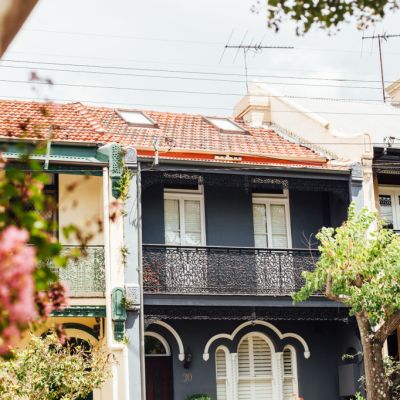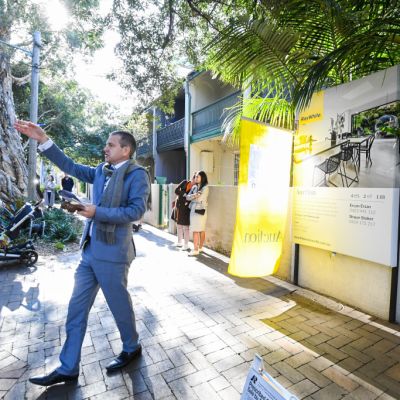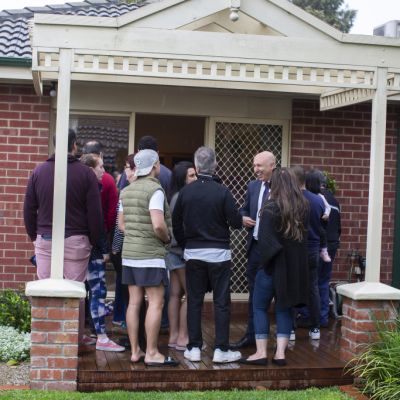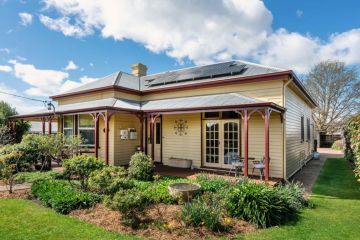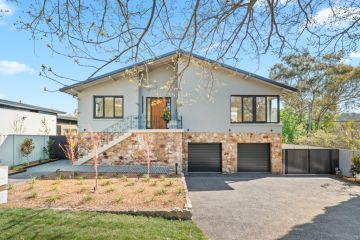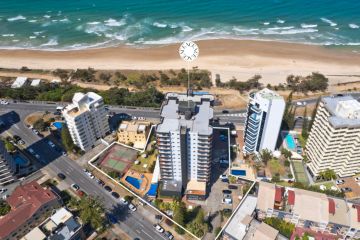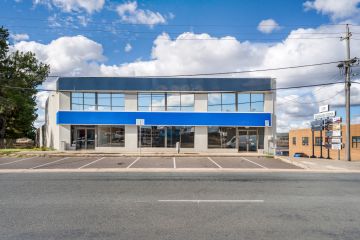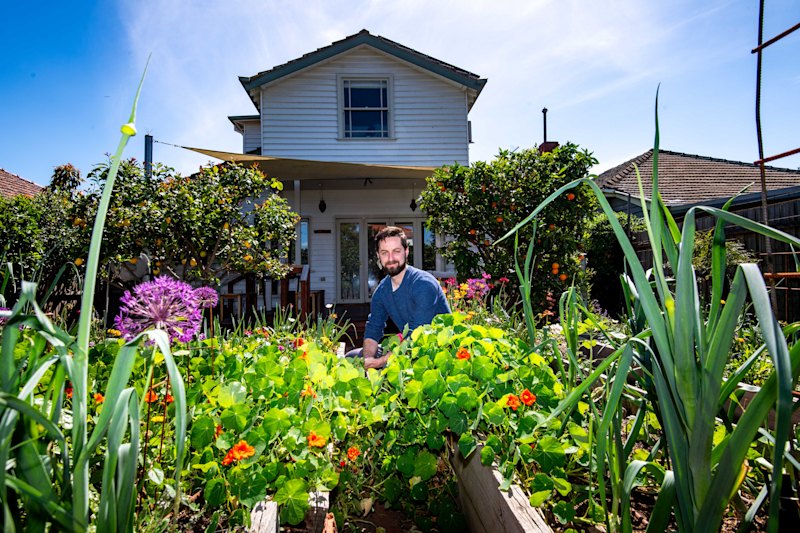First-home buyers purchasing with deposits under $30,000 using First Home Loan Deposit Scheme

First-home buyers have been snapping up properties with less than $30,000 saved, under a government scheme that allows them to buy with just a 5 per cent deposit, new figures show.
Median deposit sizes across Australia were as low as $15,500 for first-home buyers in Tasmania, who used the federal government’s First Home Loan Deposit Scheme to get into the market in the first half of 2020.
Over the first six months of the scheme — open to 10,000 first-home buyers each financial year — first-home buyers in Queensland, South Australia, Western Australia and the Northern Territory also used the government guarantee to purchase a property with a median deposit of $20,000 or less.
In more expensive markets, savings for first-home buyers climbed to a deposit of $24,250 in the ACT and $29,250 in both NSW and Victoria – but scheme participants were still able to buy more than four years earlier than planned, according to modelling by the National Housing Finance and Investment Corporation.
About three-quarters of guaranteed loans were taken up by Australians aged between 18 and 34. with more than 10 per cent of first-home buyers over 40.
Melbourne selling agent James Farrugia, of LJ Hooker Craigieburn, said the scheme had certainly fast-tracked first-home purchases, turning a distant dream into a reality.
“We’ve had a couple of buyers use it, many of them were renting and weren’t really thinking of buying beforehand, ” he said. “One was thinking of buying a new car as he had a little bit of money there … and when he saw the scheme, he looked into it and ended up buying a house instead.
“I think it’s a great thing for people like him, he didn’t think he’d have enough money to buy a house for years and bought a three-bedroom, two-bathroom home with a car space in Craigieburn,” Mr Farrugia said, adding the buyer expected his mortgage repayments to be lower than his rent.
| Source: National Housing Finance and Investment Corporation. Data is for the first half of 2020. | ||||
| First Home Loan Deposit Scheme use by state and territory | ||||
| Region | Median deposit paid by the borrower | Median purchase price | Number of guarantees issued | Median age |
| NSW | $29,250 | $450,000 | 2,263 | 28 |
| VIC | $29,250 | $495,000 | 1,617 | 29 |
| QLD | $20,000 | $350,000 | 1,845 | 28 |
| WA | $19,115 | $335,000 | 441 | 27 |
| SA | $18,250 | $306,000 | 332 | 27 |
| TAS | $15,500 | $285,000 | 138 | 26 |
| ACT | 24,250 | $442,000 | 147 | 29 |
| NT | $18,500 | $340,000 | 31 | 30 |
The scheme was introduced in January to ease the deposit hurdle faced by first-home buyers. It allows singles earning up to $125,000 and couples earning up to $200,000 to borrow up to 95 per cent of a property’s purchase price without having to pay lenders mortgage insurance. Properties must be below set region-specific price thresholds, ranging from $700,000 in Sydney to $250,000 in regional SA.
The 3064 postcode, which covers Craigieburn, in Melbourne’s north-west, saw some of the strongest demand in the country, with 52 loans guaranteed over the six-month period.
By postcode, demand was highest in 4350, the Toowoomba area in southern Queensland, with 70 loans guaranteed. Other popular areas included south-west Brisbane, south-west Sydney and south-east Melbourne.
More than 80 per cent of scheme guarantees were in NSW (2263), Queensland (1845) and Victoria (1617), with major cities attracting 62.3 per cent of buyers, while 37.7 per cent purchased in regional areas.
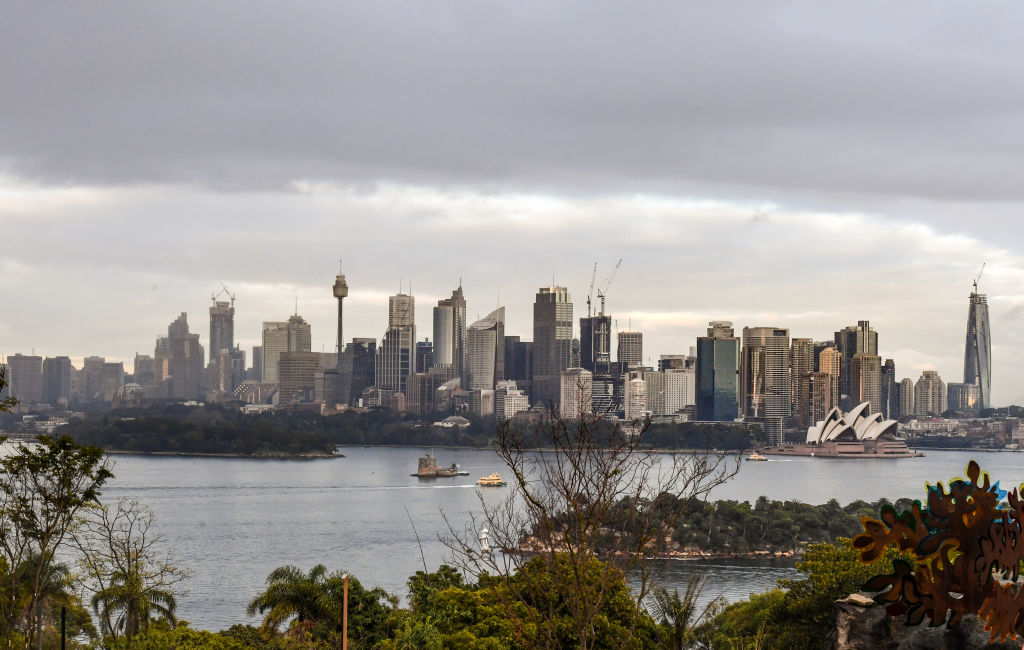
While it is capital cities that have extreme affordability issues, Domain senior research analyst Nicola Powell said price thresholds meant a large chunk of purchases were being made in more affordable regional areas.
Dr Powell said the median price for homes purchased with the scheme — at $385,000 for houses and $475,000 for units, which were primarily in capital cities — were skewed by the more affordable regional areas, with eligible houses harder to come by in the expensive capitals.
“In Sydney, you’re either pushed to the outer areas or are limited to a smaller dwelling type, ” Dr Powell said. “There’s a stark comparison between what you can buy and it’s proximity to the CBD across the cities.”
Nearly two-thirds of those in greater Sydney bought more than 30 kilometres from the CBD, while that figure is just under half for greater Melbourne. In most of the other capitals, the majority of buyers purchased within 30 kilometres of the CBD.
Nationally, buyers moved an average of 7.6 kilometres from the prior residential address to purchase their first home. Victorian buyers moved furthest, relocating an average of 10.4 kilometres, followed by those in NSW and Tasmania who moved an average of 7.5 kilometres.
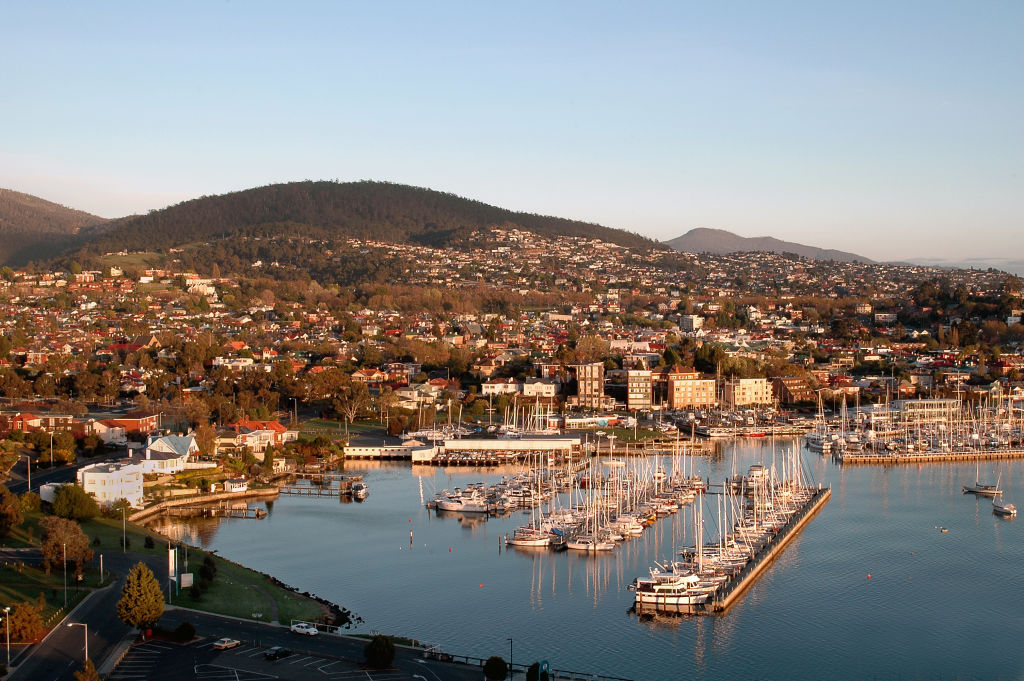
Mortgage broker Rob Lees, of Mortgage Choice Blaxland, Penrith and Glenmore Park, has seen strong demand from first-home buyers on the outskirts of Sydney.
Many were approved for the scheme but still looking for a home – with the national figures showing about 31.9 per cent of scheme participants were still looking to purchase at June 30.
“There are not enough properties … we just need more listings,” Mr Lees said, adding strong demand from first-home buyers had seen entry-level prices hold relatively firm amid the market downturn.
“We did see a real significant pullback in stock” Dr Powell said. “Some may not have been able to find the right home, [but] maybe some are hedging their bets … and holding tight as long as they can to negotiate a better deal [if prices fall further].”
Mr Lees said most first-home buyer were also looking to qualify for a stamp duty exemption and were borrowing the maximum 95 per cent cent of their purchase price – preferring to keep any extra savings they had for renovations or a financial buffer.
NHIFIC figures show the bulk of those using the scheme borrowing more than 90 per cent of the property price, with two of every five applicants also accessing other government incentives.
Of the 10,000 scheme spots released this financial year, just over 2000 remain. Almost 2400 properties have been purchased with the scheme and just under 5600 spots are on hold.
We recommend
We thought you might like
States
Capital Cities
Capital Cities - Rentals
Popular Areas
Allhomes
More
